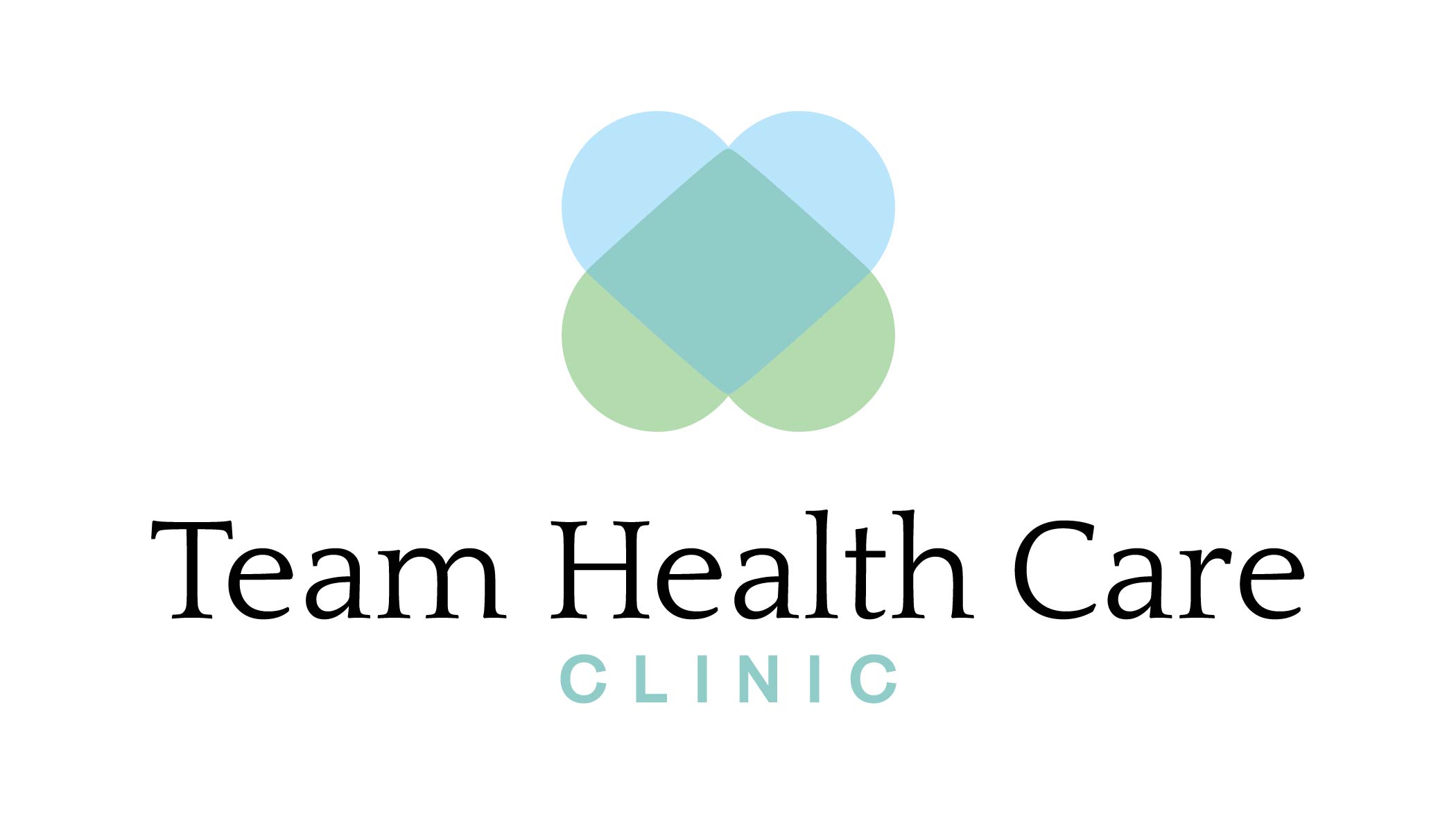At Team Health Care Clinic, we are pleased to introduce an innovative, drug free, noninvasive treatment best known for depression: Repetitive Transcranial Magnetic Stimulation (rTMS). rTMS is an FDA cleared device for treatment of depression but has also been shown to be beneficial for ADHD, anxiety, insomnia, some forms of dementia, and other brain related disorders.
rTMS treatments are not painful and patients can read or watch TV during their treatments. Patients can resume their normal activities following their treatment as the worst side effect may be a mild headache. These are even rare.

This is in sharp contrast to electroconvulsive therapy and medication management where symptoms are potentially significant such as weight gain, sexual dysfunction, cognitive impairment and many others.
How does it work?
rTMS is a medical grade magnet that is used to balance the speed of abnormal operating nerves in the brain. The magnet sends a signal that can be varied to stimulate or slow down the nerves in specific regions. For example:
rTMS FOR DEPRESSION
Scientists expect brains to fire at is 15-20 pulses per second (pps) in the left frontal lobe. Patients with mild depression will fire at 10-12pps and below 10pps in more severe cases. In these cases, we will stimulate the brain with rTMS to fire at a normal frequency.
rTMS FOR ANXIETY
Normally, the left side of the brain fires at a higher frequency than the right side. When this pattern reverses and the right brain works at a higher frequency, the individual often exhibits symptoms of anxiety. In this case, the brain would be balanced by stimulating the speed of the left side of the brain or slowing the speed of the right side.
rTMS FOR OTHER CONDITIONS
rTMS can be used to improve abnormal frequencies in the brain, either stimulating or quieting it, to treat a wide variety of conditions.
In order to get the most precisely directed and successful treatment, you should consider the following:
- Request only EEG guided rTMS
Patients should request their provider measure the frequency of firing of the entire brain with a 19-lead electroencephalogram, or EEG. An EEG measures the function of the brain like and EKG measures the function of the heart. Without this information, a provider is making recommendations based on a patient’s history alone. With the information discovered from the EEG, a provider can give precise rTMS treatment to the specific unbalanced region of the brain. No guesswork!
- Not all rTMS units are equal
Some rTMS units can only treat at 10pps frequency and are consequently limited in the conditions it can successfully treat. Find providers that are using a state of the art unit that can vary its frequency of stimulation from 1 to 20pps. This allows the provider to treat a wide variety of conditions beside depression.
- Evaluate Brain Chemistry
Find providers that evaluate brain chemistry including blood glucose, neurotransmitter deficiency, brain-gut connections, gluten sensitivity and many other factors.
If you suffer with depression, anxiety, insomnia, ADHD and other brain related disorders, I would encourage you to explore rTMS as a highly successful, low risk solution for qualified candidates. In our clinic, we determine your candidacy by starting with an examination, including an EEG.

Tiffany Watson, CNP
